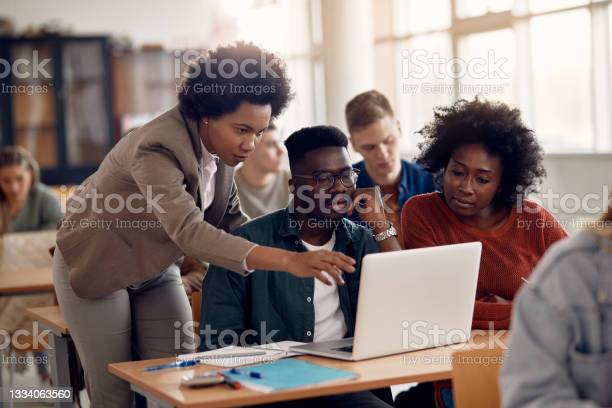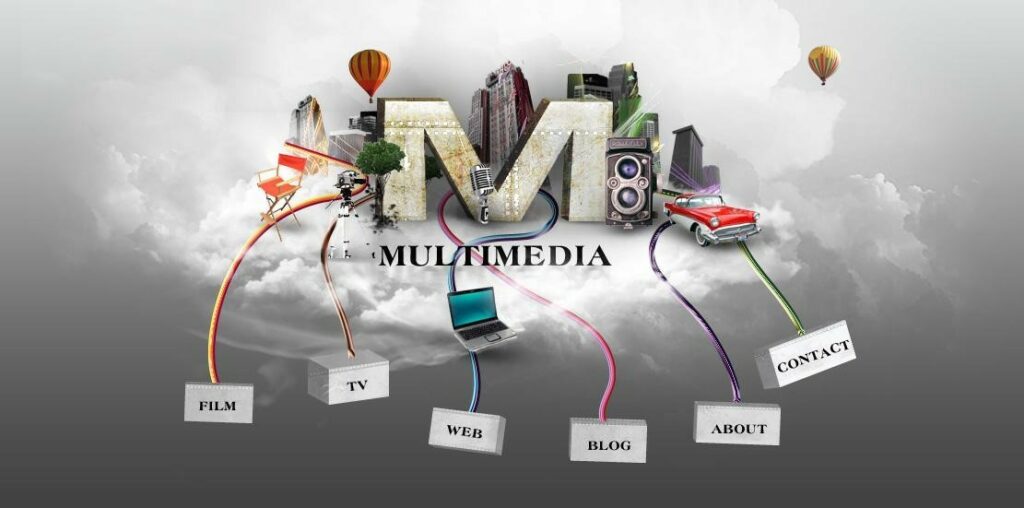Study is an essential part of our growth path, but how do we learn, and what methods do we use to learn?
In my learning experience I think the most used learning style is group discussion, in which we can better share ideas and listen to others’ views, and the group can make several people better to complete an assignment, thus enhancing each student’s ability and creativity. According to Bonwell and Eison (1991), It will be very rewarding for students to be in this active and positive learning environment and to think clearly about what they are doing. This approach to learning will also increase students’ interest and participation in the classroom.

Before this class I always believed in the learning style of doing more practice problems because the more you do the more proficient you will be in mastering what you have learned, but this way of learning is very boring and just to cope with the exam.
At the same time, gamification is a very interesting part of the learning. For example, we often have a lot of interactive sessions in the classroom, where the teacher will make a series of questions into a quiz session and set up a ranking, and the higher ranked students will receive more rewards. Accroding to Game Based Learning. (2021, May), Game-based learning works best when specific learning objectives and outcomes are associated with the classroom. And the games should be fun, but they should also have a clear purpose and clear learning outcomes.

Reference
Centre for Teaching Excellence at the University of South Carolina. (2021). Active Learning. https://sc.edu/about/offices_and_divisions/cte/teaching_resources/active_learning/index.php
Game Based Learning. (2021, May) University of Toronto. https://guides.library.utoronto.ca/c.php?g=448614&p=3507705

Recent Comments